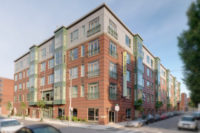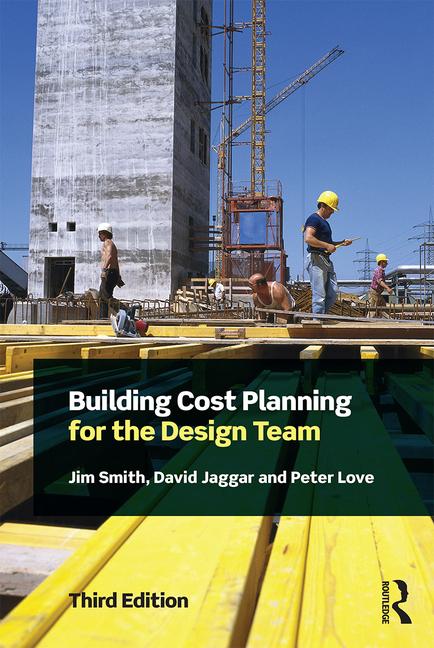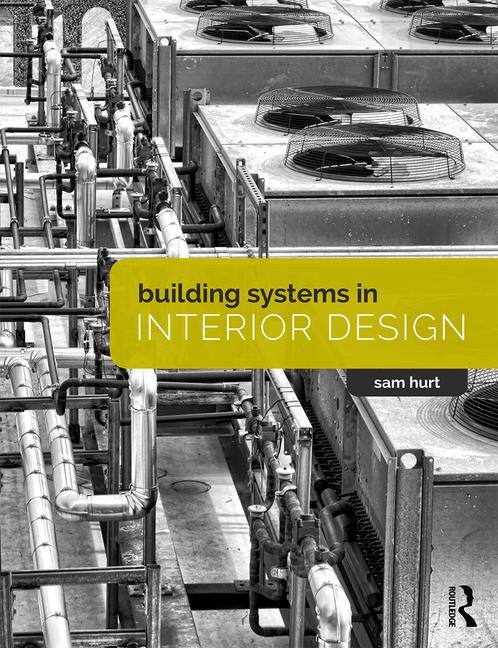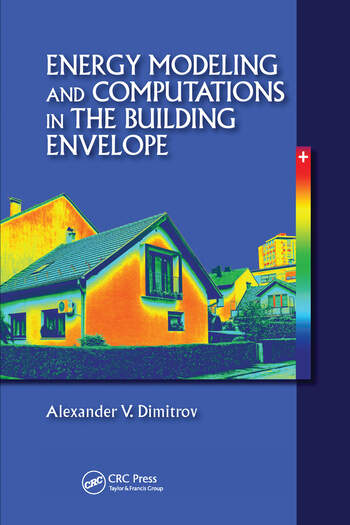Economic rough spots can be driving forces for change. In the 1970s, skyrocketing fuel costs forced car makers to increase mileage and builders to tighten homes and increase insulation to save energy. Cost was the major driver, but the overall effects on the environment were inextricably intertwined. Better car mileage and less electricity and natural gas consumption conserved natural resources and minimized pollution.
In the ensuing decades, the push to lessen the impact of buildings on the environment continued to grow, culminating in the sustainability movement. The terms “sustainable” and “sustainability” are subject to varying definitions, and these definitions are continuing to evolve. The National Roofing Contractors Association (NRCA) defines a “sustainable building” this way: “A building that provides the specified building performance requirements while minimizing disturbance to and improving the functioning of local, regional and global ecosystems both during and after specified service life. A sustainable building optimizes efficiencies in resource management and operational performance and minimizes risks to human health and the environment.”
Facets of sustainability in the construction process include recycling, a longer life cycle, lower energy costs, water conservation, reduced storm water runoff, reducing the urban heat island effect, reducing global warming, minimizing ozone depletion, reducing toxic emissions and minimizing the amount of energy used to transport materials. The U.S.Green Building Council (www.usgbc.org) has incorporated these factors and more into its Leadership in Energy and Environmental Design (LEED) program, an internationally-recognized green building certification system.
All too often, sustainable products and systems were perceived to have a “green penalty” — that is, the more environmentally friendly options had some sort of shortcoming when compared to their counterparts, such as higher cost or diminished performance. In this tough economy, when building owners are squeezing every penny out of their budgets, there can’t be such a thing as a green penalty. Truly sustainable systems have to offer performance that is at least as good if not better than other options. They also have to offer the lowest life-cycle costs.
Roofs used to be taken for granted — they were “out of sight, out of mind.” Those days are over. Building owners and investors are looking for long-term value from their construction assets, and it’s up to industry professionals to educate them about life-cycle costs. If you can offer the best roof system for the building, save the owner money, and help the environment, that’s a win-win for everyone — including our grandkids.
–Chris King








